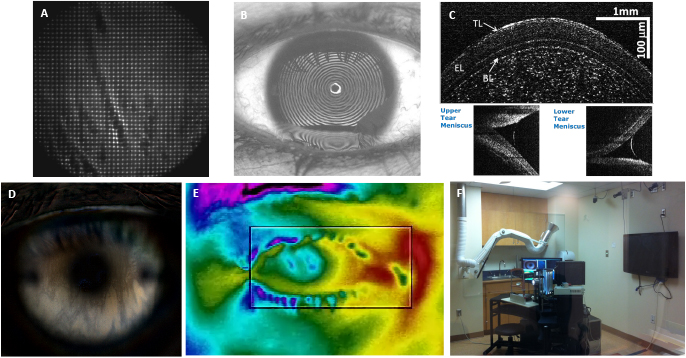
Advanced Physiological Optics Laboratory
Yoon Lab

Dry eye syndrome, a multifactorial disease of the tears and ocular surface, is one of the most common ocular disorders, with symptoms affecting as many as 60 million people in the United States. It is accompanied by shorter tear film breakup time, decreased tear volume, increased evaporation rate, irritation and inflammation of the ocular surface. Clinical tests to assess the tear film and diagnose dry eye include fluorescein dye and Schirmer tests. However, studies have often shown that there is poor correlation between these clinical measures and subjective symptoms. Despite recent advances in our understanding, the classification and therapeutic strategies of the various dry eye syndromes remain unclear because of the lack of objective tests and the broad spectrum and variation in disease manifestations. To improve our understanding of tear dynamics and dry eye syndrome, we formed a collaborative multidisciplinary research team with clinicians (Drs. James Aquavella and Holly Hindman) and optical scientist (Dr. James Zavislan). The goal of our research is to objectively characterize tear film parameters such as tear breakup time, thickness and refractive index of the lipid layer, tear volume, tear evaporation and visual function using custom-built multimodal tear imaging systems and their relationships with subjective dry eye symptoms. The ability to accurately characterize dry eye syndromes has the potential not only to diagnose various dry eye symptoms reliably but also to provide each patient with the most effective treatment strategy to address symptoms and pathology. Our dry eye lab is also equipped with a controlled environmental chamber (Fig. F) in which individual environmental factors such as low relative humidity, high temperature, and high airflow, or a combination of these can be precisely varied to investigate their impacts on tear stability and dry eye syndrome. Our multimodal tear imaging system that can quantify various tear parameters objectively in space and in real time includes
